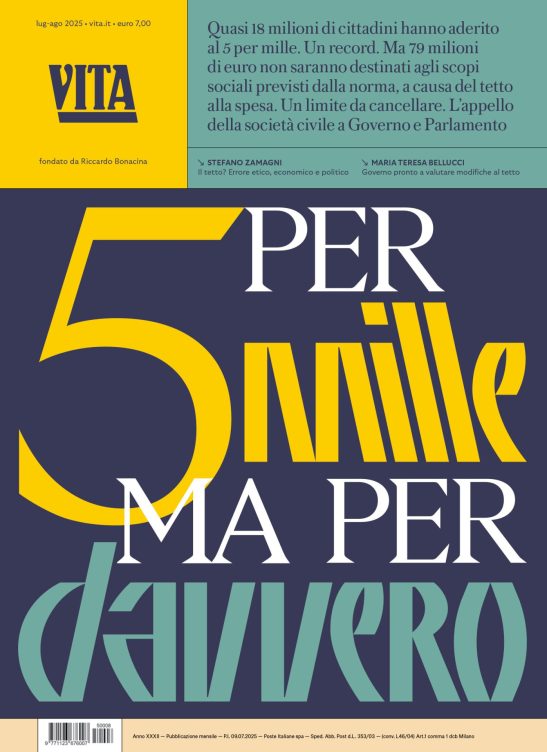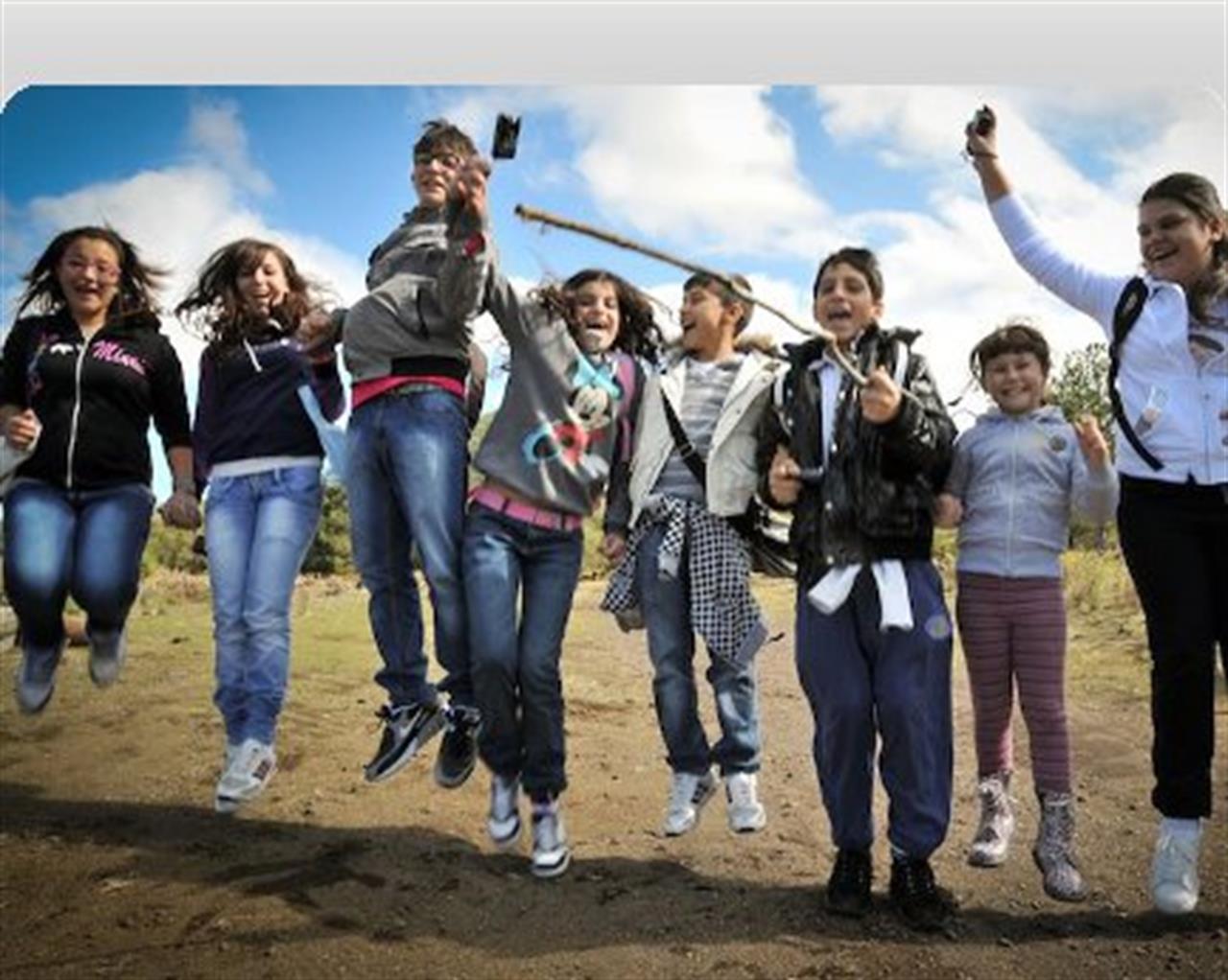A visionary and complex art project is transforming the soul of Librino, the largest periphery of Catania, Sicily, where around 100,000 people live.
The aim is to give hope and a future to the suburb through Beauty and art, involving all the citizenship.
Antonio Presti, Sicilian artist, together with the Fondazione Fiumara d’Arte (that literally translates as: “River of Art Foundation”), of which he is the President, is the author of this project: “Speaking of Beauty in places like Librino could sound like an utopia but the language of Beauty is the necessary answer to the widespread code of violence.”
In 2009 Antonio Presti involved 2000 children of Librino who, together with their mothers and some national and international well-known artists, transformed a 500 meters cement wall into a Porta della Bellezza (Door of Beauty), that has become a symbol of the renaissance of the area and is respected by everyone. The Door marks the entrance to Librino, an area which, before the realization of this terracotta bas-relief art work, was perceived as a stronghold of criminality and drug trafficking, such as all the big peripheries in Italy.
The next phase of the project is the realization of the Museo Internazionale dell’Immagine (International Museum of Image), the largest photography open-air museum in the world.
It will not only be an art museum, but also a social and anthropological archive of collective identity, gathering the pictures of more than 30,000 people from the suburb.
The Museum is the result of eleven years of work in Librino by the Fondazione Fiumara d’Arte. As Antonio Presti points out, “only through perseverance, commitment, example and education it was possible to gain the trust of the people of the suburb. The inhabitants of Librino, such as the inhabitants of all peripheries in Italy, have always been used to ask without obtaining, being constantly deluded and disillusioned. Only thanks to the commitment and the constancy of the example we were able to win the initial distrust of the people”.
In order to realize his ambitious project, Antonio Presti has invited Reza, world famous photojournalist, to hold photography workshops in the Librino schools for 100 children aged 13-17.
Started in 2009, the workshops are now finished, after two years. The training sessions have been carried out with the support of the Fondazione Telecom Italia(Telecom Italia Foundation).
Before training the children, Reza did photography workshops with six young Sicilian photographers who then also trained the Librino children in the schools.
What the great Franco-Iranian photojournalist has taught to the children and the adolescents of the schools goes much beyond pure technique. Through photography, he has taught the new Librino generations to be more self-confident and to see the world in a different way.
Children have also learned something very important: to use images to tell a story. As Reza says, “when a child is able to tell a story, that could be his story or a story that interests him, he overcomes all language barriers . Image allows him to communicate with people from different countries. These photography workshops have enabled Librino to break its isolation to connect to other cities in the world”.
Each of the 100 children involved in the photography workshops was asked to take 300 pictures of his environment (family, friends, neighborhood…), thus involving 30,000 people from Librino. Together with the schools, Antonio Presti has also involved the world of the associations, the churches and the shops of the suburb.
These pictures showing the Librino citizenship will be projected on the buildings of the suburb. The Beauty of an entire population will manifest. Through the awareness of its Beauty, which is meant in an ethic sense, as inner Beauty, the population will gain identity and the right to citizenship.
Now that the workshops with Reza in the schools are ended, a more technical phase is going to start. It will include the selection and the editing of the tens of thousands of pictures that have been taken.
The realization of this visionary project continues with Magma, a “widespread museum” that the Fondazione Fiumara d’Arte will realize in cooperation with the National Geographic and Marco Pinna, leading journalist and photo-editor of the magazine. Magma will take shape in all the businesses of Librino -around one hundred- from bakeries, to hair-dressers, to bars…, where the works of some of the most important photographers in the world will be exhibited.
The artistic heritage will be shared by visitors and people of the area, bringing an important social stimulus to both parts.
The idea of Magma is to break social and cultural barriers and to bring Beauty and culture in an area that needs it very much. It will be an innovative museum, where entrance will be free. Visitors will give some money, at their choice, to the businesses, stimulating the economy of the neighborhood.
The meaning of all the Librino project, explains Antonio Presti, lies in its “universal value, apart from its esthetic and artistic importance. When art manages to put together more than 30,000 people and to make them the protagonists of a path that aims at civil and social growth it has won its bet”.
The “Librino project” photo album is on Vita Europe’s facebook page.
Photo credits
Home page: Monica Laurentini
Porta della Bellezza: Fondazione Fiumara d’Arte
Nessuno ti regala niente, noi sì
Hai letto questo articolo liberamente, senza essere bloccato dopo le prime righe. Ti è piaciuto? L’hai trovato interessante e utile? Gli articoli online di VITA sono in larga parte accessibili gratuitamente. Ci teniamo sia così per sempre, perché l’informazione è un diritto di tutti. E possiamo farlo grazie al supporto di chi si abbona.

